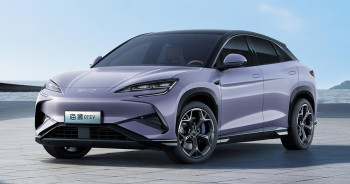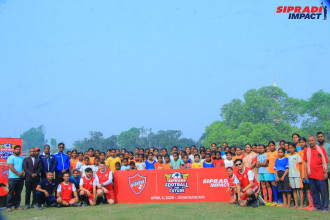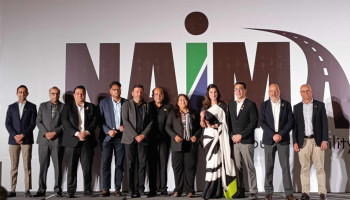Stay tuned for more thrilling chapters in Yamaha’s racing history!Source information and imagery: Yamaha
In the 1980s, Yamaha redefined the 500cc class with the ferocious Yamaha YZR500. Yamaha's racing division surged forward with groundbreaking technology and a cadre of exceptional riders. In the fourth installment of a six-part series, we'll read how Yamaha Motor Racing's performance in the 1990s was characterized by a decade of mixed results in the MotoGP World Championship, featuring notable riders like Wayne Rainey and Norifumi Abe. While in the 1980s, “King Kenny” Roberts and Eddie Lawson were the 500cc Grand Prix World Championship title-winners for Yamaha, it was Wayne Rainey who took over in the early 1990s.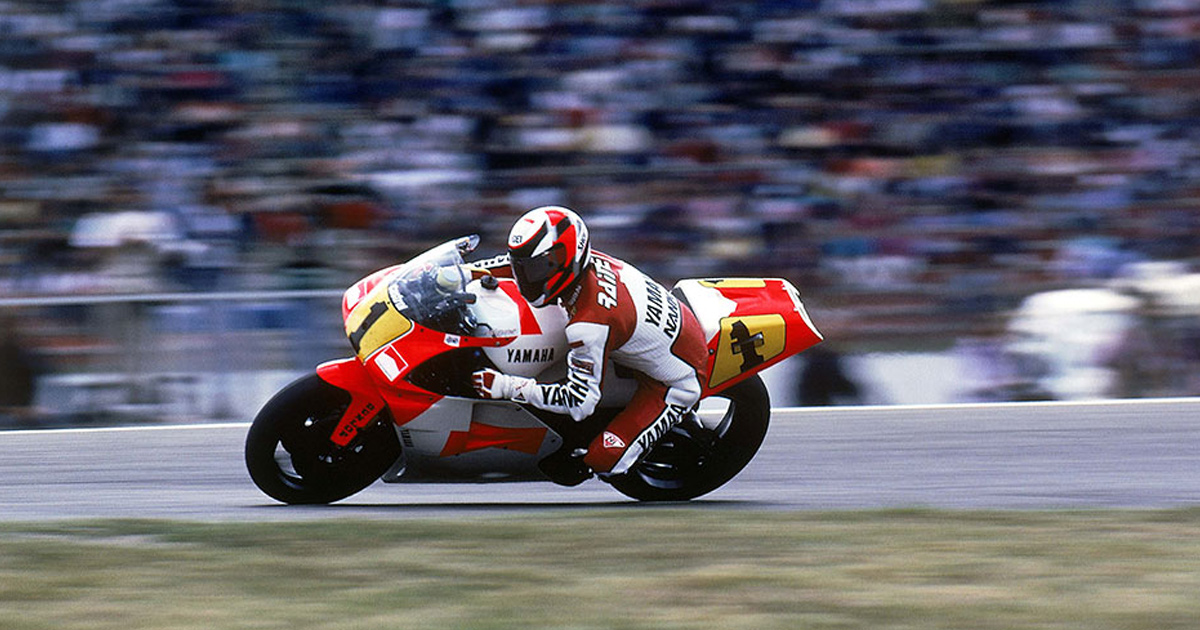 At the same time, major advancements were made with the YZR500 factory machine. Yamaha introduced a data logger on the YZR500 (OWA8) factory bike in 1989, followed by the OWC1 in 1990 with revised dimensions and higher engine output, and then the OWD3 in 1991, which featured a computerized electronic suspension (CES). All these changes contributed to Rainey’s consecutive titles.
At the same time, major advancements were made with the YZR500 factory machine. Yamaha introduced a data logger on the YZR500 (OWA8) factory bike in 1989, followed by the OWC1 in 1990 with revised dimensions and higher engine output, and then the OWD3 in 1991, which featured a computerized electronic suspension (CES). All these changes contributed to Rainey’s consecutive titles.
 At the same time, major advancements were made with the YZR500 factory machine. Yamaha introduced a data logger on the YZR500 (OWA8) factory bike in 1989, followed by the OWC1 in 1990 with revised dimensions and higher engine output, and then the OWD3 in 1991, which featured a computerized electronic suspension (CES). All these changes contributed to Rainey’s consecutive titles.
At the same time, major advancements were made with the YZR500 factory machine. Yamaha introduced a data logger on the YZR500 (OWA8) factory bike in 1989, followed by the OWC1 in 1990 with revised dimensions and higher engine output, and then the OWD3 in 1991, which featured a computerized electronic suspension (CES). All these changes contributed to Rainey’s consecutive titles.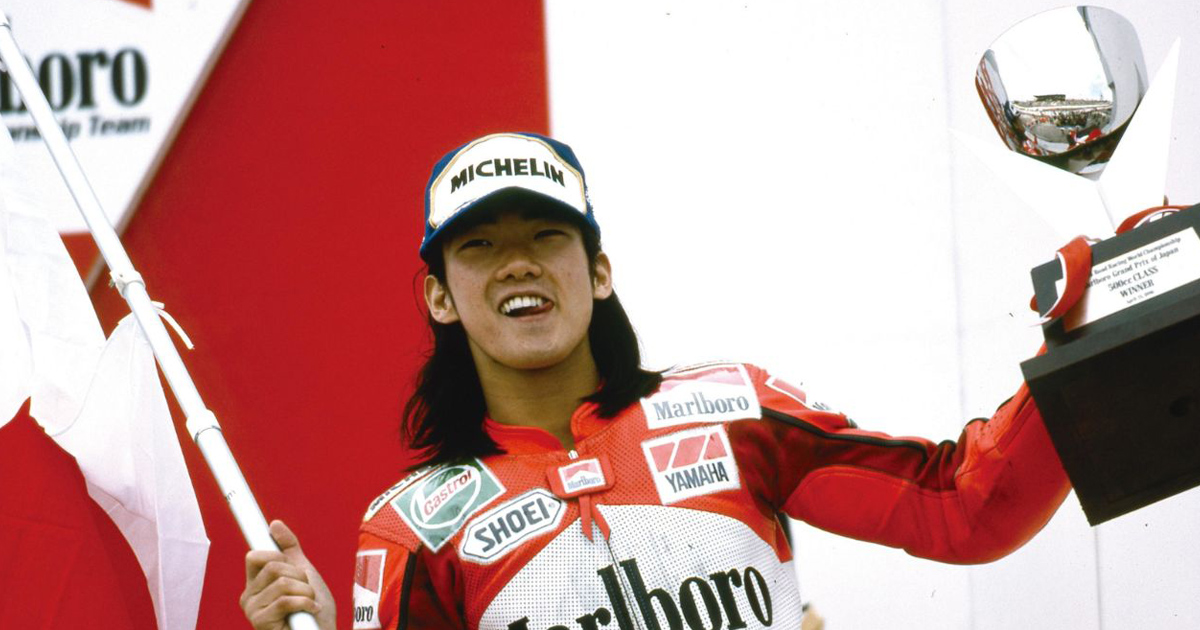 Norifumi “Norick” Abe was overjoyed when he won the 1996 Japanese GP
Norifumi “Norick” Abe was overjoyed when he won the 1996 Japanese GP
 Max Biaggi riding the YZR500 in 1999
Max Biaggi riding the YZR500 in 1999
Published Date: 2023-09-19 12:47:55
Post Comments
Most Read This Week
More Local News














